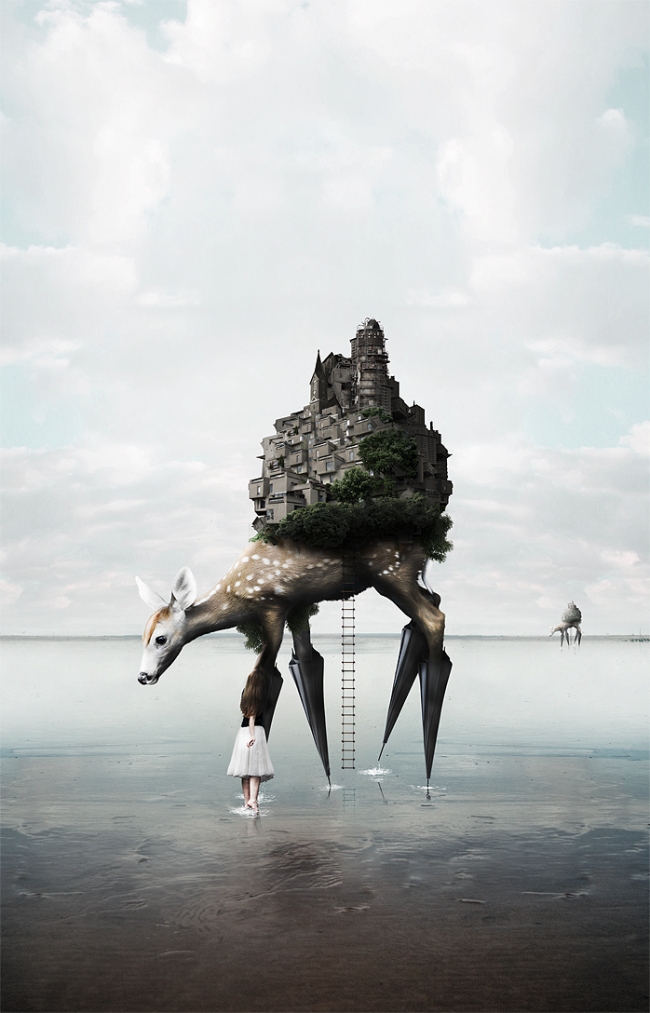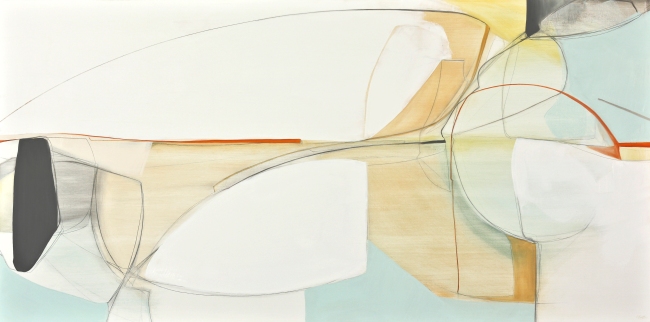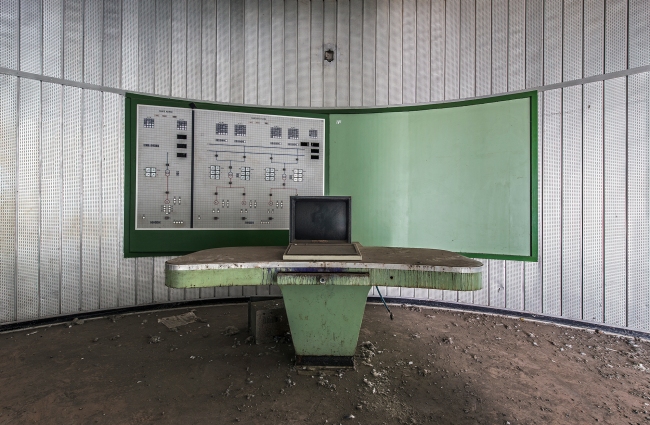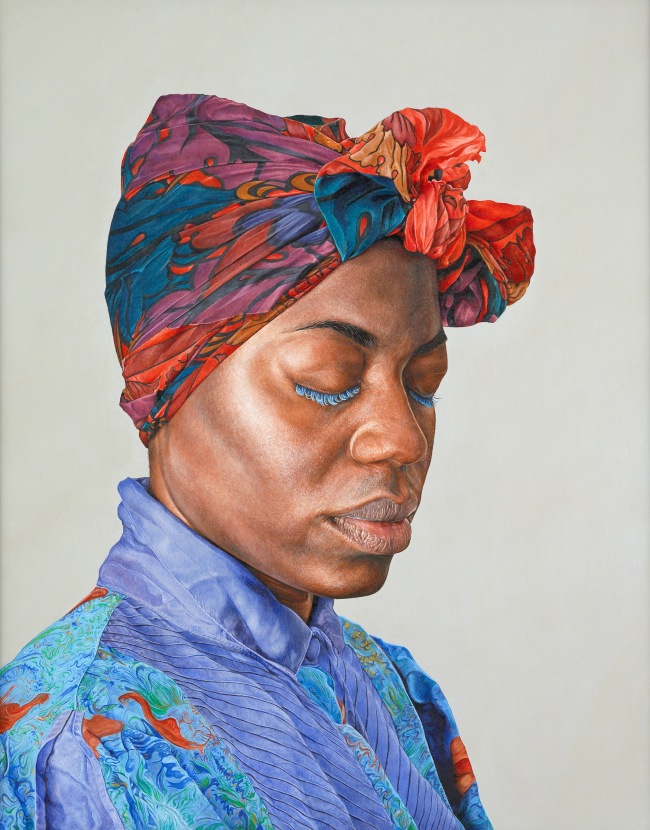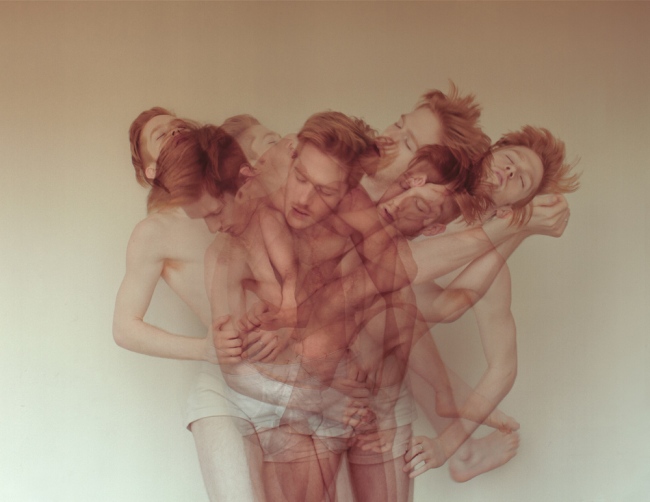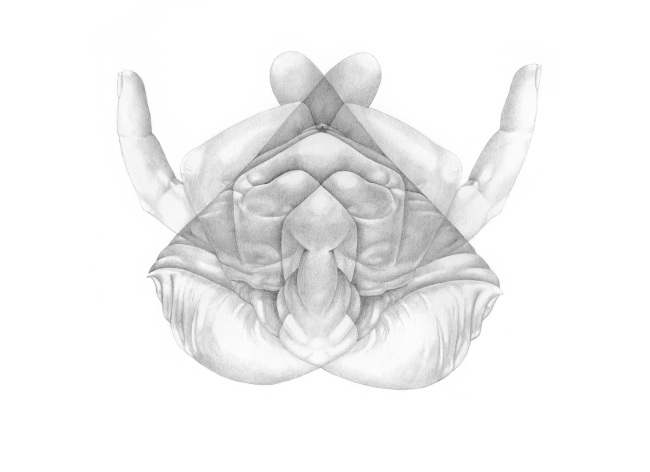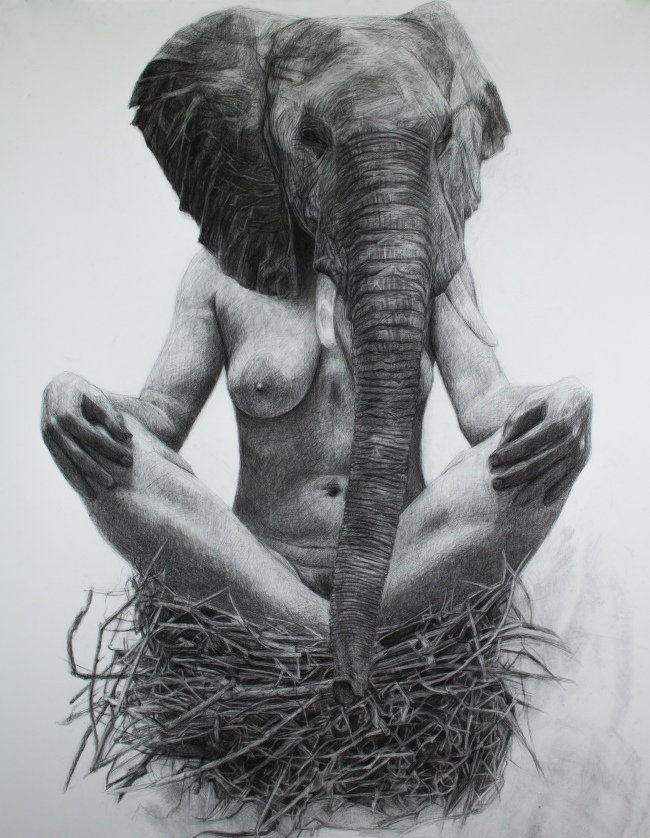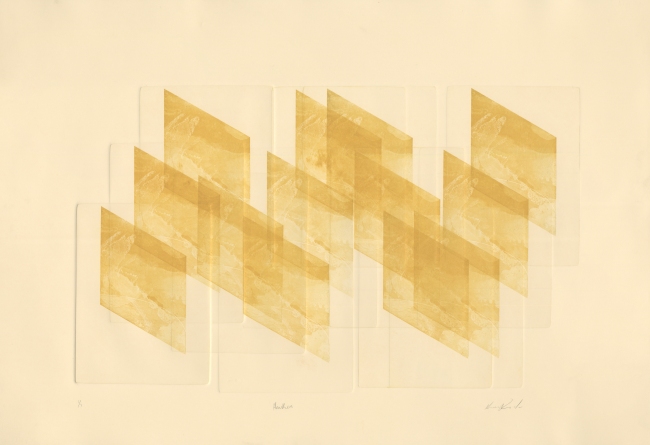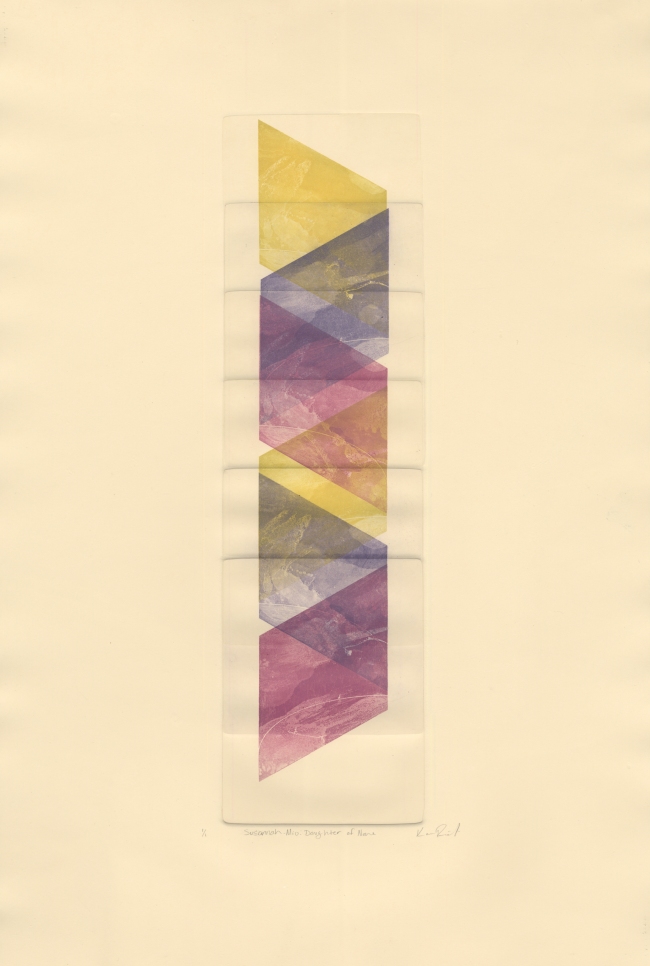What does art mean to you?
“I attract human relationships. All my work is focused on the individual, on the individual and on its interaction with the social and environmental context in which it is dropped and this is often the main factor in the context of the anxieties , insecurities and attitudes of self-defense that it brings. The human mind is so rich in facets and sides unknown or feared that despite centuries of artistic and scientific research , we are still working hard on these issues and I am convinced that many of the major difficulties of our society, reside in these dark sides and feared. I wish I could have the presumption to say that in my artistic career is also a lot of psychological research and not just figurative.”
What is your background, what is your story?
I am a self-taught. I’ve always had a passion for graphics and design in general. I studied filmmaking at university and have always been fascinated by the cinema in all its forms: from the most commercial to the more experimental. I approached the art with more traditional techniques (charcoal sketch, watercolor, oil …) then I realized they were not the means by which I was able to fully express my creative vision. So I oriented to traditional photographic frame, but even so I was not completely satisfied with the final results. Anyone see for the first time a my image instantly understand that 50% of it is the result of artificial elaborations, so the observer begins a process of curiosity to separate the real aspects from those made via software.”
What inspired your works?
“The images that I compose are the result of sleepless nights or visions come to life in an almost spontaneous in front of my eyes, but I also love to let me inspire and engage the work of many other artists, painters and writers, who somehow manage to touch my sensitivity. I am continually looking for new ideas and ways forward, step entire weekend around exhibitions and nights looking for talented visual. I’m totally fascinated by the atmosphere of Roman Polanski’s movies. I feel very close to visual search and sick visions of the short films of David Lynch, to the surrealism of Magritte and Dali, the constant sense of anxiety which is reflected in huge young faces of Gottfried Helnwein, the human distress of the protagonists in the shots of Nan Goldin or the early claustrophobic video of Floria Sigismondi, plus many other artists who, although with different means of expression, investigate constantly on the individual as the ongoing research projects of Marina Abramović or Sophie Calle.”
How do you feel when you are creating? How do you feel when you have finished a piece?
“Creating is like making love. After the end of a work that satisfies me I feel like after an orgasm: relaxed and at peace with myself. Although this feeling only lasts a few minutes.”
What are you trying to communicate with your art?
“I hide the faces to convey emotions with the body and its postures. Even the background world is very important. Body and ambient need to work together to perceive the final message. I think it’s too easy to use a tearful face to convey sadness or a smile to convey happiness. It is much more difficult to express emotions using only the postures and elements of scenery. The face may be false, hypocritical. The body and the nature instead are not able to lie. I do not think my images represent reality understood as such. The purpose of my images, as I think of all those artists “surrealist”, is to emphasize only certain aspects or feelings belonging to the real world in which we live. I think that surrealism, like a lot of art in general, is a tool to express a range of emotions that you would not see through more conventional means.”
What medium do you gravitate towards and why?
“Currently I only use photography and photomanipulation but I hope in the future to use other techniques to get the job done. I do not care about the type of medium, for me it’s just important that the message I want to communicate is clear”
How do you feel when people misinterpret your work?
“I leave people free to interpret my work. I do a track, but people can choose whether to follow or not. If my pictures are able to reflect and discuss the people, I think has been fully satisfied.”
What advice do you have for other artists?
“Be constant. Do not be discouraged by disappointments or failed attempts and not selling out.”
If today was your last day, what do you want people to know about you and your works?
“I wish people remembered me for the feelings that have tried looking at my pictures. Whether positive or negative feelings I do not care.”
